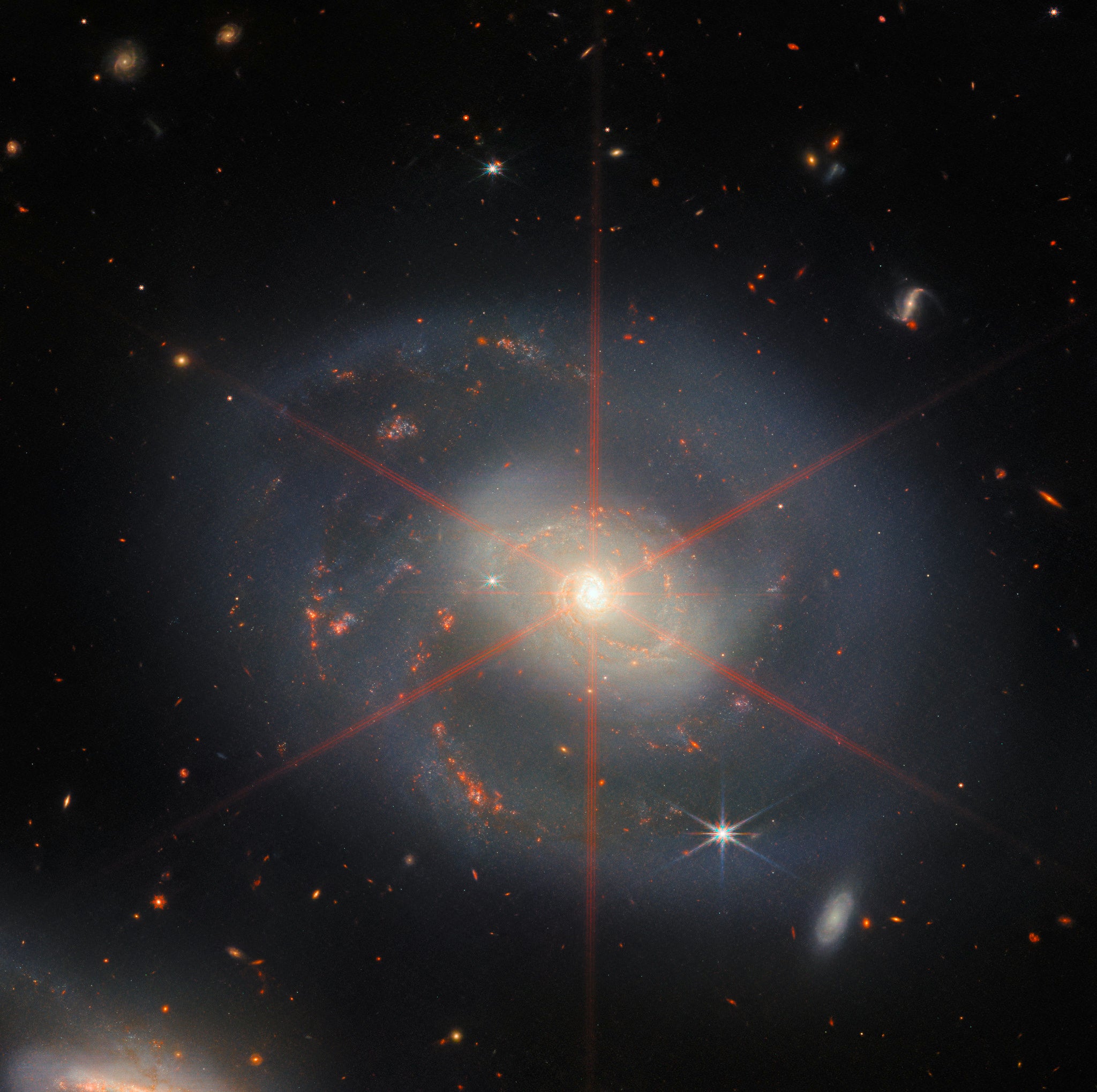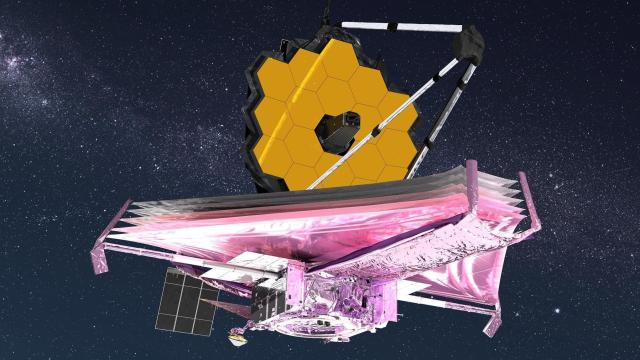The Webb Space Telescope’s instruments have been in safe mode intermittently since December 7, but scientific operations resumed earlier this week, NASA said in a press release on Wednesday.
Webb was in safe mode — during which all the observatory’s nonessential systems are turned off, which means no scientific operations — multiple times in the last two weeks, the release stated. Though NASA says the issue is resolved and “the observatory and instruments are all in good health,” the agency also did not report the glitch until yesterday.
Webb is a $US10 ($14) billion space observatory that images the cosmos at infrared and near-infrared wavelengths. It is a state-of-the-art telescope that has captured our attention in its first six months of scientific observations, revealing iconic structures like the Pillars of Creation in new light.
The NASA release says the “software fault triggered in the attitude control system,” the apparatus that guides where the observatory is pointing. That’s most directions, except that the telescope was turned away from the micrometeoroid avoidance zone in the spring, to protect the telescope’s mirrors. That manoeuvre came following a space rock strike that damaged one of the mirror panels.
The pauses added up to several days that the telescope could not do observations this month, NASA said. Now, science is fully back underway, and the Webb team is working to reschedule the observations affected by the glitch.
Yesterday, Webb posted the cosmic equivalent of a holiday card: an image of the spiral galaxy NGC 7469, which bears a resemblance to a wreath. The galaxy is 220 million light-years away and looks distinctly serene in Webb’s eye. Sharp diffraction spikes spread from the galactic centre, where a supermassive black hole resides.

Besides seeing known objects in new ways, Webb has imaged light from the earliest corners of the universe, light which was too faint for older observatories to see.
One of Webb’s core scientific goals is to inspect ancient light sources — the earliest stars and galaxies — to understand how those objects emerged and evolved in deep time.
In other words, it’d be really nice if Webb could avoid safe mode, for the sake of science. But better safe than sorry, and now that the telescope is back to business, let’s hope it stays that way.
